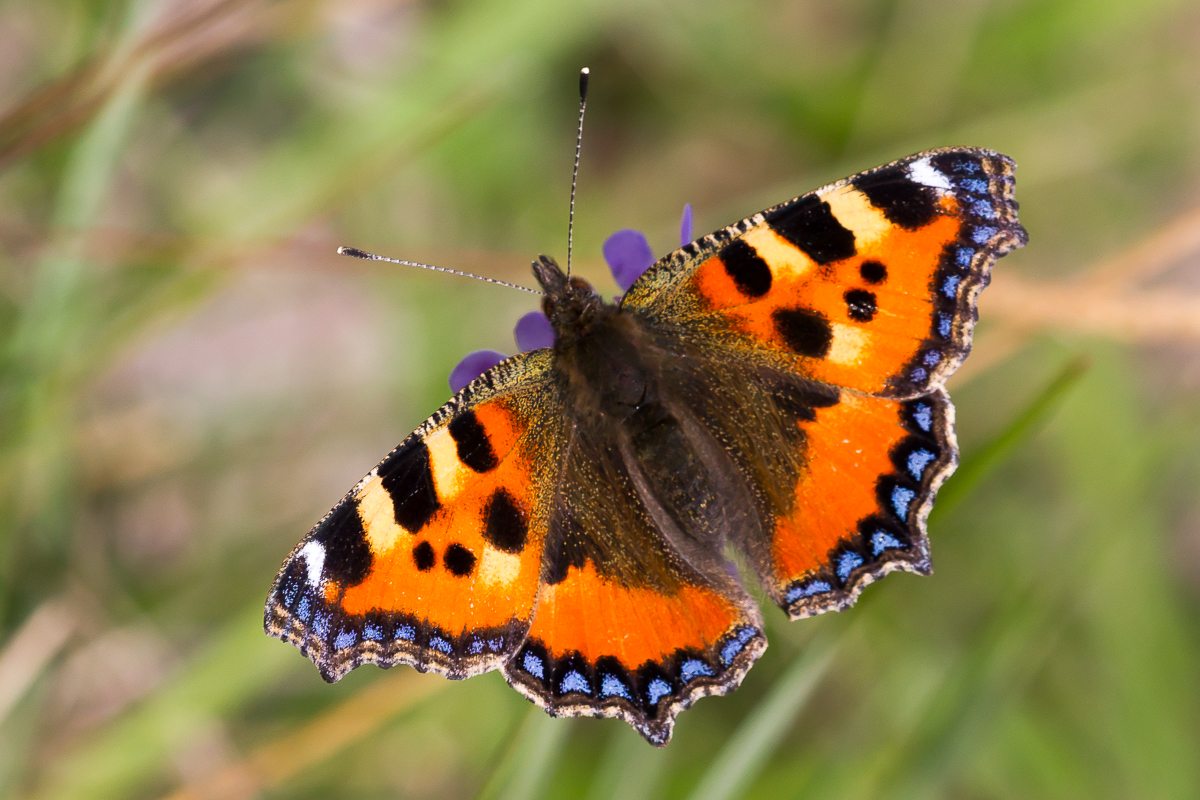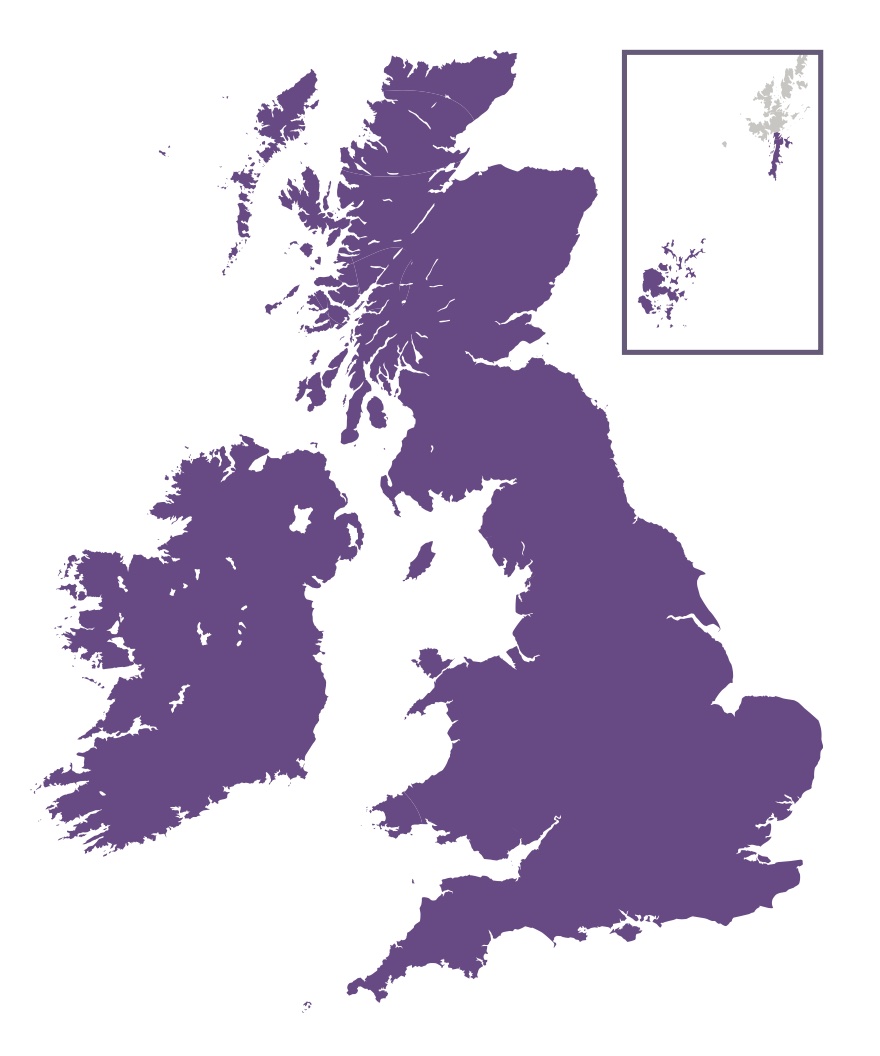
Photo © Peter Eeles
The Small Tortoiseshell is one of our most-familiar butterflies, appearing in gardens throughout the British Isles. Unfortunately, this butterfly has suffered a worrying decline, especially in the south, over the last few years. This butterfly has always fluctuated in numbers, but the cause of a recent decline is not yet known, although various theories have been proposed. One is the increasing presence of a particular parasitic fly, Sturmia bella, due to global warming - this species being common on the continent. The fly lays its eggs on leaves of the foodplant, close to where larvae are feeding. The tiny eggs are then eaten whole by the larvae and the grubs that emerge feed on the insides of their host, avoiding the vital organs. A fly grub eventually kills its host and emerges from either the fully-grown larva or pupa before itself pupating. Although the fly attacks related species, such as the Peacock and Red Admiral, it is believed that the lifecycle of the Small Tortoiseshell is better-synchronised with that of the fly and it is therefore more prone to parasitism. This is one of our most widespread butterflies, occurring throughout the British Isles, including Orkney and Shetland.
The two sexes are almost identical in appearance, with the distinctive yellow and orange uppersides providing a contrast with the drab undersides that provide the butterfly a good deal of camouflage when hibernating.
In the afternoon, males set up territories, usually close to a nettle patch, where they rest of the foodplant or ground with their wings open, waiting for a passing female. When a female enters the territory, a most curious courtship begins. The male approaches the female from behind and starts to "drum" his antennae on the hindwings of the female, making a feint sound that is audible to the human ear. The female may fly a little distance, with the male following, where the process repeats. This can go on for several hours with the couple spending a good amount of time basking together. Eventually, usually in early evening, the female will lead the male into vegetation, often a nettle patch, and crawl between stems with the male following, where they eventually mate. They remain coupled until the following morning.

This butterfly can turn up almost anywhere, from city centres to mountain tops. As such, it is one of our most successful butterflies. It is most-often seen, however, where nettles grow in abundance, such as field margins. This butterfly is often encountered while hibernating in an outbuilding, such as a garage, shed or barn, where they may be found in the company of other individuals. Other hibernation sites include hollow trees and wood piles.
Adults feed primarily on Betony (Betonica officinalis), brambles (Rubus spp.), Buddleja (Buddleja spp.), dandelions (Taraxacum spp.), Devil's-bit Scabious (Succisa pratensis), Field Scabious (Knautia arvensis), Greater Stitchwort (Stellaria holostea), hawkweeds (Hieracium spp.), heathers (Calluna and Erica spp.), Hemp-agrimony (Eupatorium cannabinum), Ivy (Hedera spp.), knapweeds (Centaurea spp.), michaelmas-daisies (Aster spp.), Primrose (Primula vulgaris), ragworts (Jacobaea spp.), sallows (Salix spp.), sedums (Sedum spp.), thistles (Carduus spp. and Cirsium spp.), Water Mint (Mentha aquatica), Wild Marjoram (Origanum vulgare), Wild Privet (Ligustrum vulgare), Wild Privet (Ligustrum vulgare) and Wild Thyme (Thymus drucei).
The primary larval foodplants are Common Nettle (Urtica dioica) and Small Nettle (Urtica urens).
